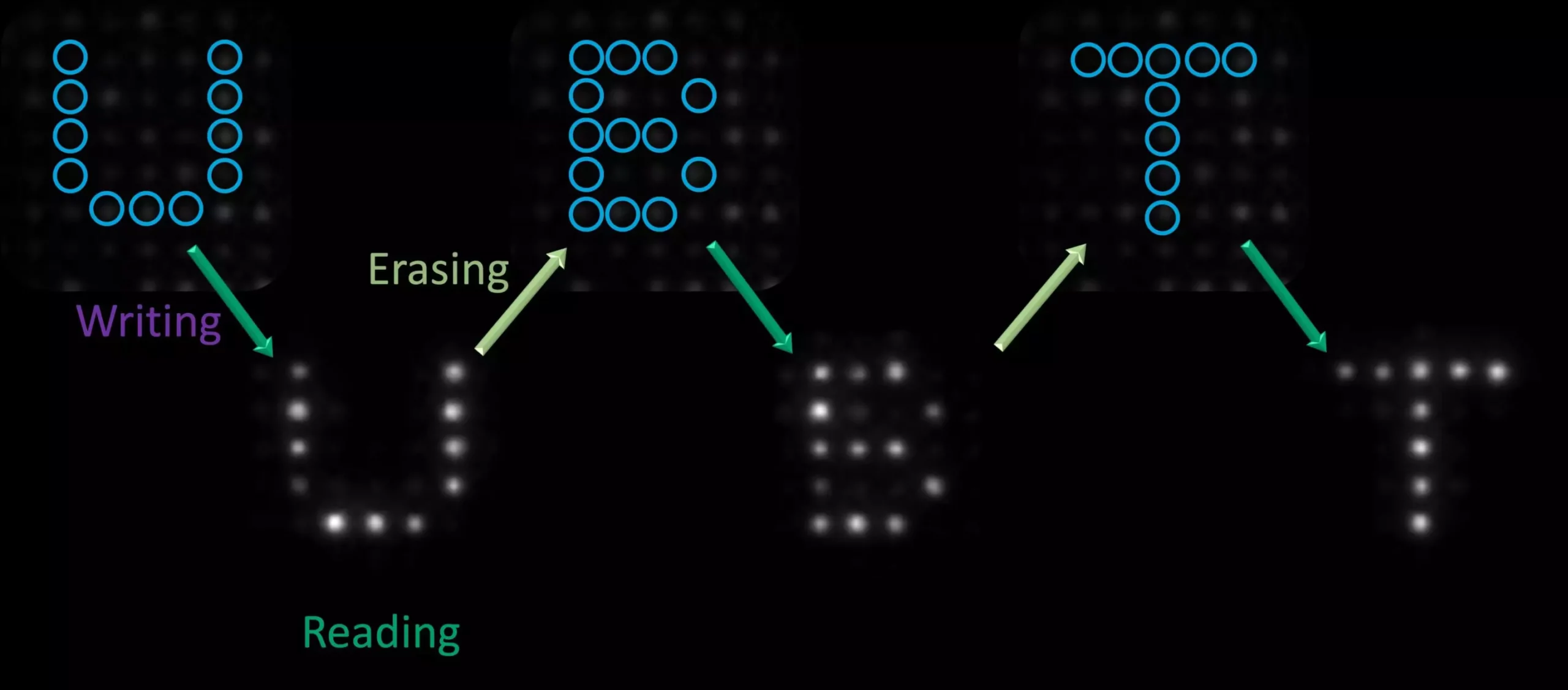Recent advances in the realm of optics and electronics have pointed towards a groundbreaking collaboration between esteemed scientists at the University of Bayreuth and the University of Melbourne. Together, they have pioneered the development of optically switchable photonic units that promise to enhance the way we store and transmit binary information. Their encouraging findings were published in the esteemed journal, Advanced Optical Materials, and lay the groundwork for a potential replacement of traditional electronic circuits with photonic counterparts.
Throughout the last century, integrated circuits—better known as microchips—have revolutionized technology, becoming an integral part of our daily lives. From computing devices to telecommunication gadgets, their prevalence is undeniable. These circuits operate on a complex network of logic gates that generate binary signals. Traditionally, electrons have been the primary carriers of these signals, but researchers have long sought to utilize photons—particles of light—as a more efficient alternative. The shift from electron-based systems to photonic systems could lead to significant improvements in data processing speeds and capacities.
The recent study resulted from a successful international collaboration, bringing together the expertise of various researchers. Key figures in this endeavor include Prof. Dr. Jürgen Köhler and Prof. Dr. Mukundan Thelakkat from the Applied Functional Polymers Group at Bayreuth, and Prof. Paul Mulvaney from Melbourne. Their team, which included junior researchers Dr. Heyou Zhang, Michael Philipp, and Dr. Pankaj Dharpure, achieved remarkable results by demonstrating the capability to optically store, read, and erase information on a microstructured arrangement of polymer spheres. This technology allows for hundreds of optical operation cycles—such as reading, writing, and erasing—performed on the same spot of the microstructure.
What makes this research particularly compelling is the multiplicity offered by photons over electrons. According to Prof. Köhler, photons allow for an array of methods to distinguish signals. Not only can the intensity of light signify different information, but its color or frequency—along with its polarization—can also be employed. This opens up a vast array of possibilities for future applications, including the potential creation of innovative photonic logic gates and microchips capable of processing information at unprecedented speeds.
While practical implementations of these findings may still be years away, the implications for the future of computing are profound. The transition from electron-based systems to photon-based ones could significantly enhance the efficiency and speed of data processing. As researchers continue on this trajectory, we may well be on the cusp of a technological renaissance, unlocking new potentials in information technology that could redefine our interactions with the digital world. Further research and development in this field are imperative, as the promise of photon-based logic gates beckons, painting an exciting landscape for the future of electronics.

